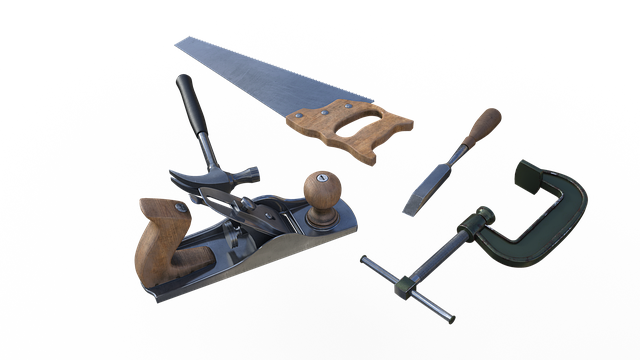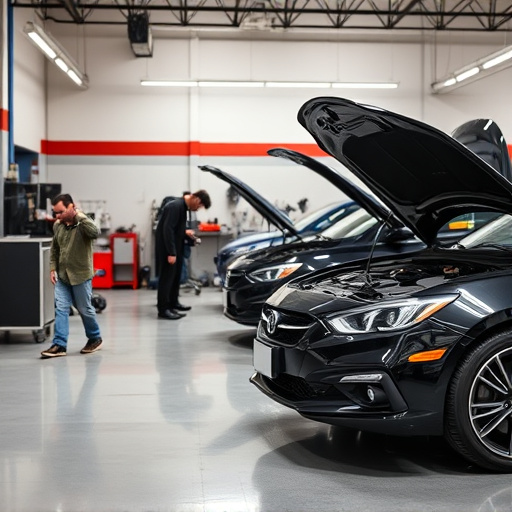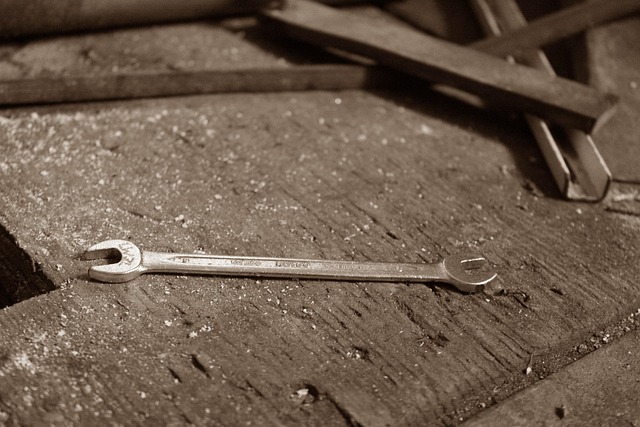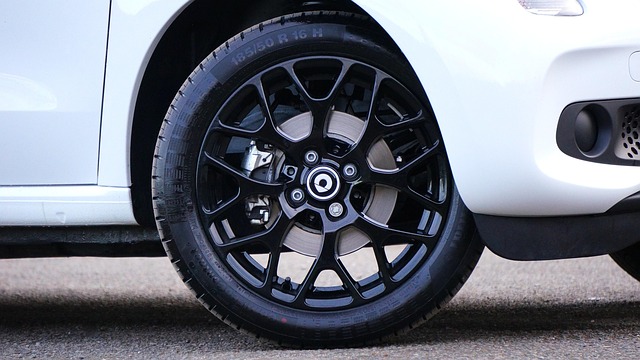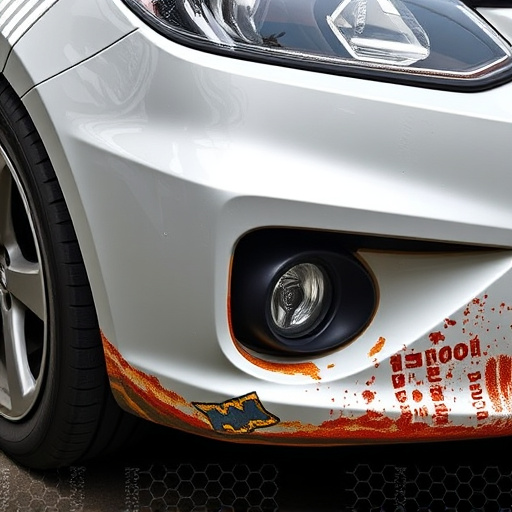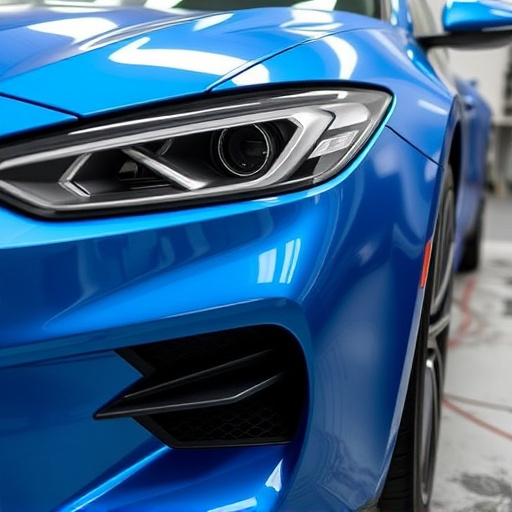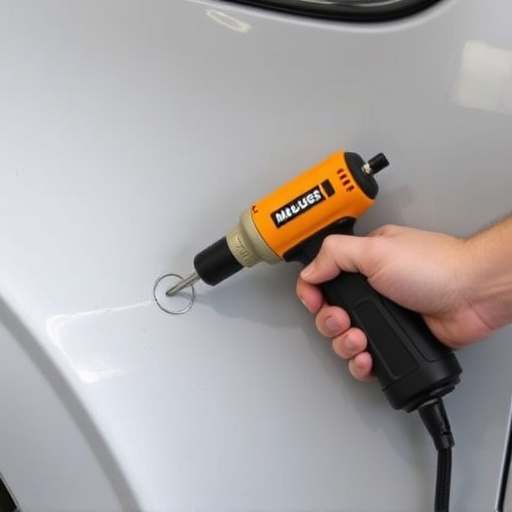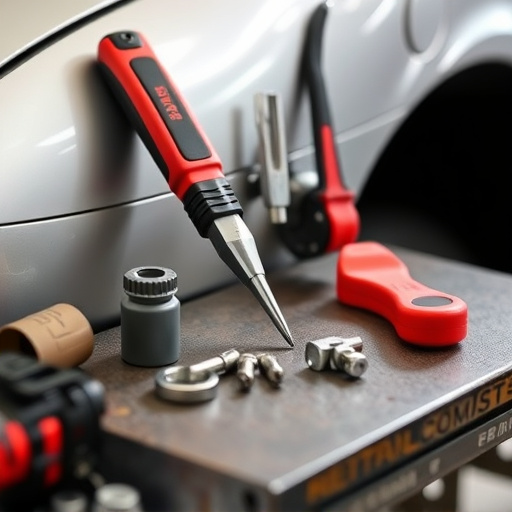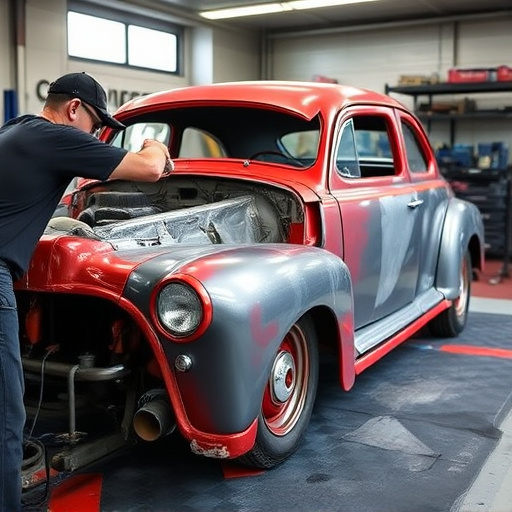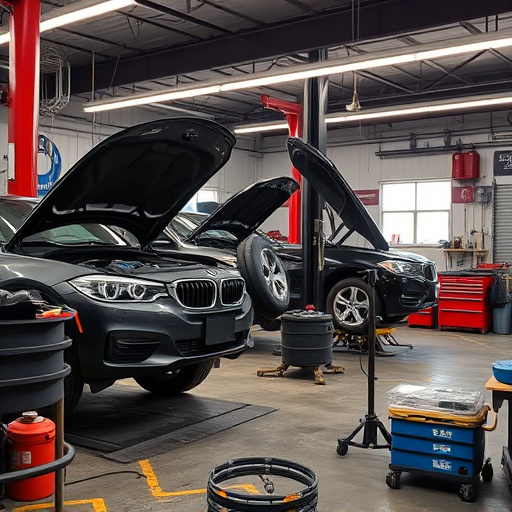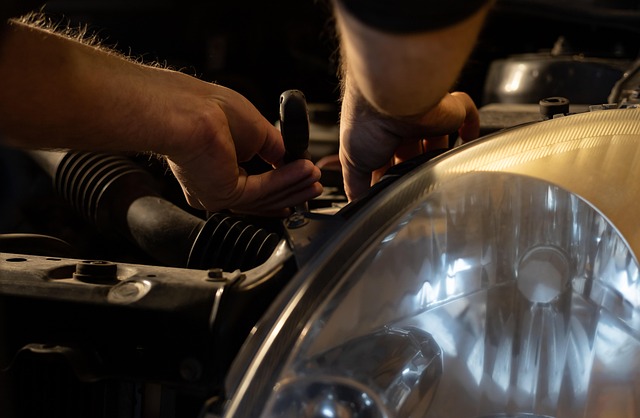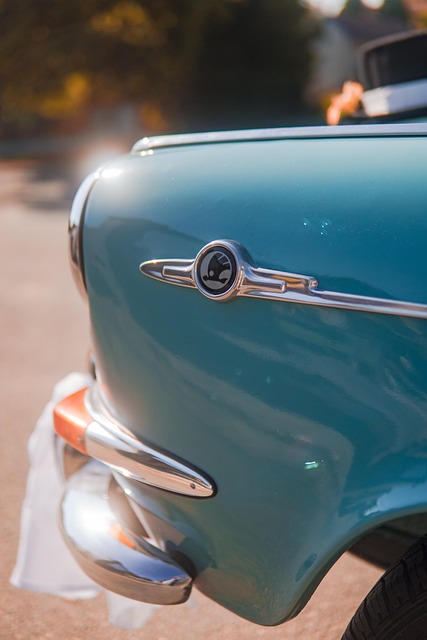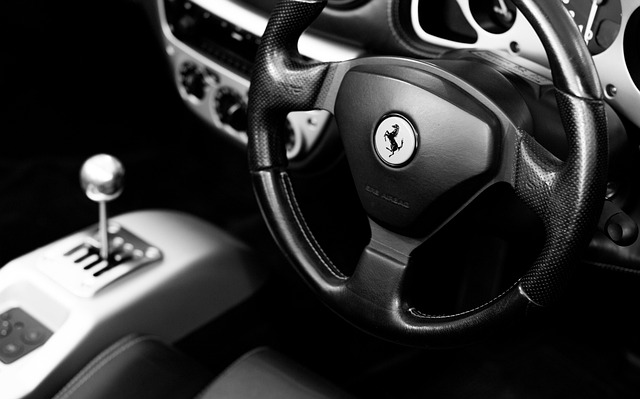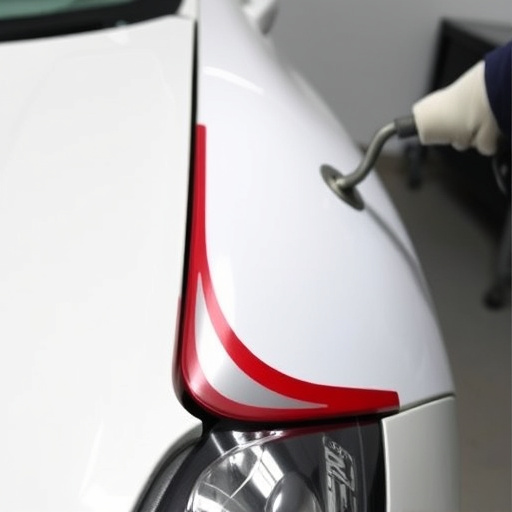PDR (paintless dent repair) is effective for minor dents but has limitations with severe, deep, or geometrically complex damage. For significant deformations or structural impacts, traditional frame straightening methods are needed. Older vehicles, classics, and luxury cars with intricate paint finishes often require more extensive repairs like metal fabrication or replacement panels, making PDR less suitable. When dealing with challenging vehicle shapes or significant panel shifting, traditional paintwork repair methods are recommended for both aesthetic and structural integrity.
“While Paintless Dent Repair (PDR) has revolutionized automotive dent removal, it’s not a universal solution. This technique excels for minor dents and creases but faces limitations with severe damage. Factors like vehicle age and complex geometric designs can hinder its effectiveness. Understanding when PDR is not the ideal choice is crucial for achieving optimal results. Explore these scenarios – from profound dents to intricate vehicle builds – to make informed decisions regarding your car’s dent repair.”
- Severe Dents: Beyond PDR's Reach
- Vehicle Age: Limitations and Considerations
- Complex Geometry: When PDR Fails
Severe Dents: Beyond PDR's Reach
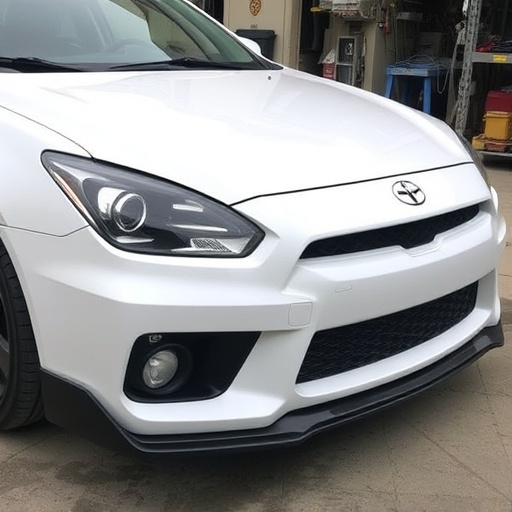
While PDR is an innovative and effective method for repairing minor dents and scratches on vehicles, it does have its limitations. One area where PDR may not be suitable is with severe or deep dents. These types of damages often involve penetration into the metal surface, creating a dimple or indentation that is more complex to rectify without impacting the overall integrity of the panel.
In cases where a dent has caused significant deformation or has affected structural components, such as the frame of a vehicle (in the case of luxury vehicle repair), traditional PDR techniques might not be enough. In an auto collision center, skilled technicians may need to employ more intensive methods, like frame straightening, to completely restore the damaged area to its original condition, ensuring safety and optimal aesthetics for the vehicle.
Vehicle Age: Limitations and Considerations
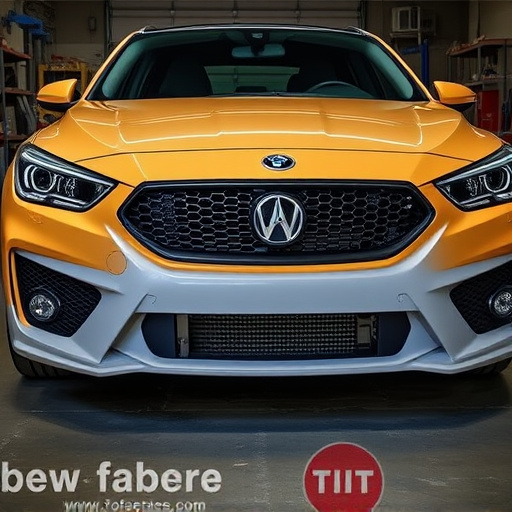
The age of a vehicle can significantly impact the suitability of PDR (paintless dent repair) as a restoration method. Older cars, especially those with classic or vintage designs, may present unique challenges for PDR technicians due to their delicate paint finishes and intricate body panels. While PDR is an innovative way to fix minor dents and scratches without repainting, it’s not always the best choice for every vehicle.
In cases where a vehicle has experienced multiple collisions or severe damage over its lifetime, the structural integrity of the body may be compromised. Such vehicles might require more extensive repairs, including metal fabrication or replacement panels, which are typically beyond the scope of PDR. Collision centers often recommend traditional repainting or other advanced repair techniques for severely damaged cars to ensure long-lasting structural strength and a factory-like finish.
Complex Geometry: When PDR Fails

While PDR (paintless dent repair) is a highly effective method for fixing dents and dings, it’s not a solution for every scenario. One area where PDR often falls short is in dealing with complex geometry on vehicles. Car bodies have intricate curves and contours that can make it challenging to access and repair certain areas without causing further damage or leaving visible traces. For example, the curved panels on luxury vehicle repairs, such as those found on a Mercedes-Benz, can be particularly tricky for PDR technicians.
Unlike linear scratches that can often be buffed out, complex dents in intricate shapes require precise manipulation of the metal to realign it. If the geometry is too challenging or the dent has caused the panel to shift significantly, PDR may not restore the original shape and finish satisfactorily. In such cases, traditional paintwork repair methods might be a more suitable and effective choice to ensure the vehicle’s aesthetic and structural integrity.
While Paintless Dent Repair (PDR) offers a non-invasive method for removing dents, it’s not a solution for every scenario. Understanding its limitations is crucial in making informed decisions about vehicle damage repairs. For severe dents, older vehicles with complex geometry, or when the panel has been previously damaged, PDR may not be effective. In such cases, traditional painting methods might be a better fit to ensure long-lasting and visually appealing results.
